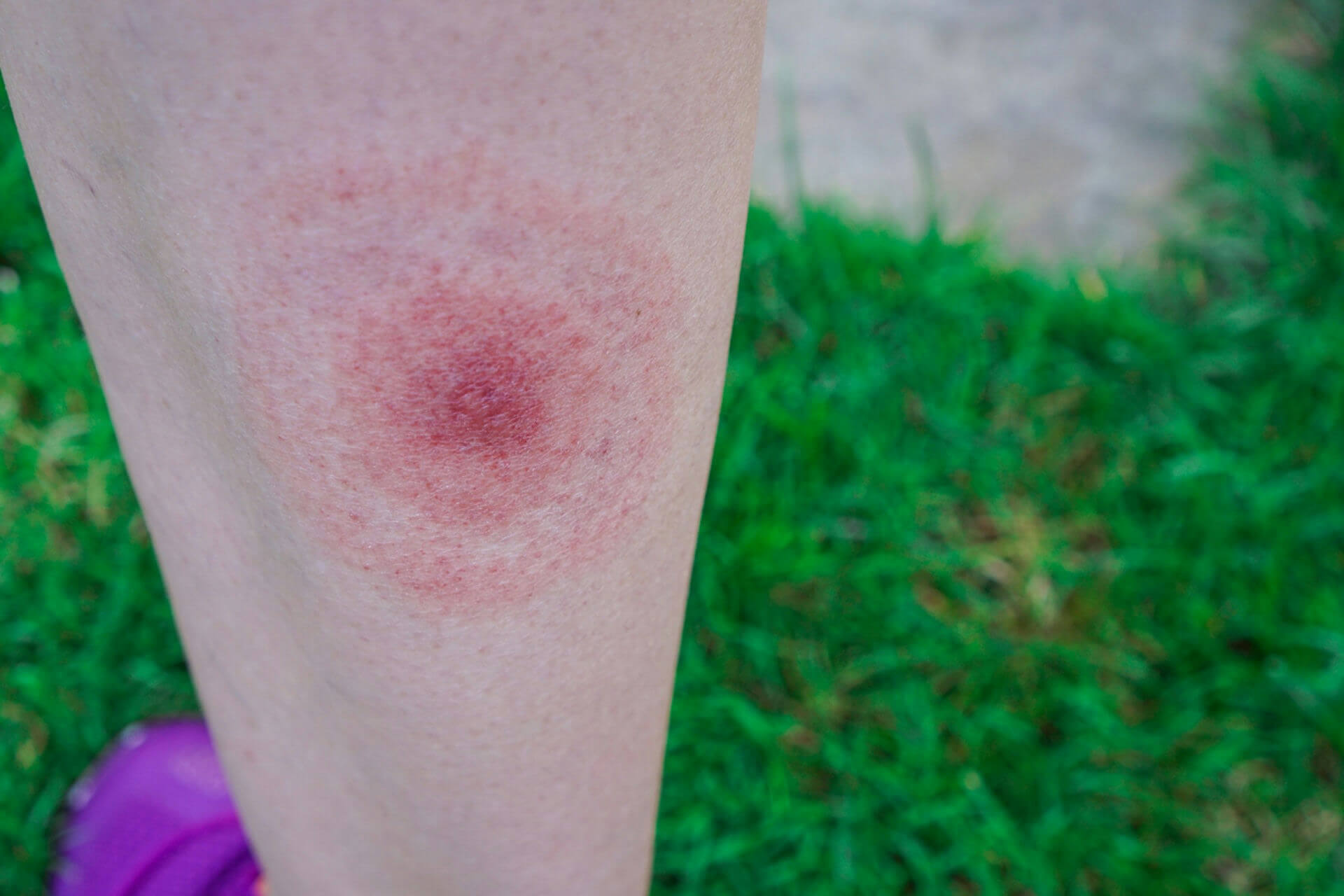As temperatures continue to warm, United States residents are becoming more susceptible to Lyme disease, and a recent surge of confirmed cases has experts concerned.
What happened?
According to News Center Maine, the Maine Center for Disease Control and Prevention reported a record 2,904 Lyme disease cases in the state in 2023, a jump from 2,617 in the previous year.
Lyme disease is primarily transmitted to humans through bites from deer ticks, and it was noted that one of the factors playing a role in the rise is “the big jump in ticks in the nymph stage, which are more difficult to detect and can be more lethal when it comes to spreading tick-borne illness.”
“Deer ticks are expanding their range farther and farther north, as well as farther Down East,” said Griffin Dill, a pest management professional for the University of Maine Cooperative Extension’s Tick Lab.
Dill added that climate change is a contributing factor to the ticks’ expansion northward to take advantage of warmer temperatures, as the submissions of ticks in the nymph stage doubled last year. To make matters worse, the ticks are so small that they often go undetected on the body, making them likely to stay attached longer than usual.
“The fact that they are harder to find makes them a more dangerous life stage, so that could be playing a role here as to why we are seeing this increase,” Dill said.
Why is this important?
Contracting Lyme disease can cause fatigue, headaches, and skin rashes to more severe symptoms such as joint, heart, and nervous system damage. If detected early, it can be treated with antibiotics, but the common symptoms make the disease tough to spot.
News Center Maine spoke to a woman who suffered debilitating headaches and swelling in her knee that eventually left her unable to walk without crutches. Her doctor recommended physical therapy, but her symptoms only got worse, and she decided to get checked out at an orthopedic clinic.
“They drained my knee and tested that, and it came back as Lyme disease,” Natashia Berry said.
Berry never found a tick on her body and didn’t have discernable signs of a bull’s eye rash, which appears in only one-third of patients. She made a full recovery after receiving rounds of IV antibiotic treatment in the hospital and at home.
Maine isn’t alone in facing the increased risk of Lyme disease. Areas in central and eastern Canada, which were not previously prime tick territory, are slowly becoming hotspots for these disease-carrying critters.
What can be done about this?
According to research from the Johns Hopkins Bloomberg School of Public Health, Lyme disease costs the U.S. healthcare system between $712 million and $1.3 billion annually, so it’s worth taking precautions, including being extra vigilant in tick habitats, checking your clothing and pets after outdoor activities, and keeping an eye on potential nesting sites around your home.
Berry and her husband hired an expert to treat their property and said they take other precautions to stay safe.
“Double-check your entire body when you come inside from being outdoors,” she said.
In Maine, Waldo, Lincoln, and Knox counties were revealed as emerging hotspots with the highest levels of the disease reported, according to data released by the CDC.
“With the increase in tickborne diseases, the Maine CDC has also ramped up surveillance and communication efforts with our health care provider community and the vector-borne workgroup,” a spokesperson with the Maine CDC said in a statement. “Ensuring that providers across Maine are aware of the prevalence of ticks and tickborne diseases, and reminding the provider community to consider tickborne diseases for patients presenting with relevant symptoms has been another key to our approach in helping to combat tickborne diseases across Maine.”
The University of Maine is set to use more than $6 million in federal funding to put together a team of researchers to track ticks, the risks they carry, and where they’re establishing their territory in the state.
“We are going to be putting out weather stations to monitor the environmental data at each site,” Dill said.
Join our free newsletter for weekly updates on the coolest innovations improving our lives and saving our planet.

Rachel Carter is a health and wellness expert dedicated to helping readers lead healthier lives. With a background in nutrition, she offers evidence-based advice on fitness, nutrition, and mental well-being.







